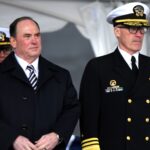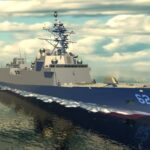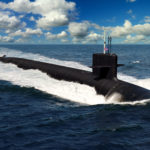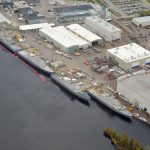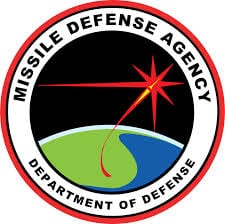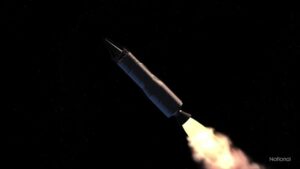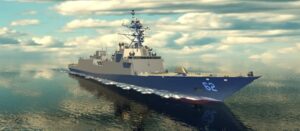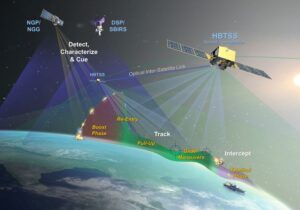
More than six months after his nomination, and just shy of a month after his Senate confirmation, Adm. Bill Houston on Thursday took over as director of the Naval Nuclear Propulsion Program that develops reactors for Navy warships and submarines. Houston took over for Adm. Frank Caldwell, who became director of the Naval Nuclear Propulsion Program in August 2015. The change of command took place during a ceremony at Navy Yard in Washington, D.C. In his new capacity as head…

